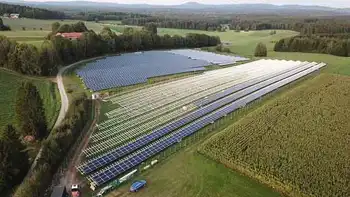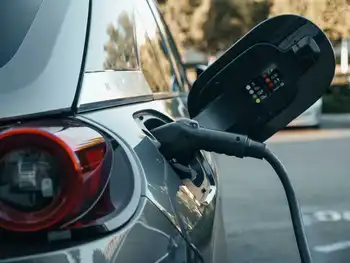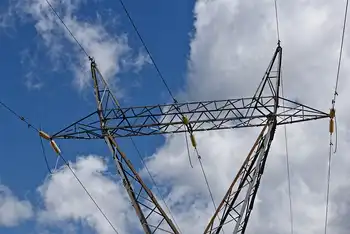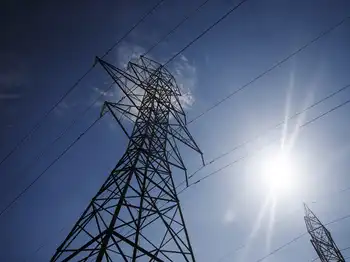Utilities, hot summer can save drifting carbon
By Reuters
NFPA 70b Training - Electrical Maintenance
Our customized live online or in‑person group training can be delivered to your staff at your location.

- Live Online
- 12 hours Instructor-led
- Group Training Available
After hitting a 4-month high of 16 euros (US $22.23) on May 11, European Union Allowances (EUAs), greenhouse gas emissions traded under the bloc's Emissions Trading Scheme, have slid by over 20 percent to a 10-week low of 12.15 euros on June 16.
"What we are now facing is a market that is 'drifting down,' featuring limited intra-day movements, limited selling pressure but no buyers to stop the erosion," said Societe Generale/orbeo carbon analyst Emmanuel Fages.
Traders said financials played a part initially in the decline, but it's the utilities they say that are now doing most of the selling, continuing to cash in after prices doubled from an all-time low of 8 euros in February.
"Carbon's gone up a long way, it's moved up very sharply from February so I think some natural level of profit-taking was in order," said Deutsche Bank's Mark C. Lewis.
"Nobody else has to buy so if utilities are selling then obviously the price is going to go down."
Under the EU's $92 billion trade-based response to the threat of climate change, utilities are seen as having the largest shortage of permits in the scheme's second phase (2008-2012), making them the market's biggest natural buyers.
Other factors weighed on EUA prices though, analysts added.
"We're getting into the summer lull, and enthusiasm about the economy has come to a bit of halt," Lewis added.
Following some strength in March's economic data, Euro zone industrial production shrank by more than a fifth in April compared with a year earlier.
Macroeconomists at BarCap now estimate European industrial production to fall by 15.9 percent year-on-year in 2009, and a further 1.1 percent in 2010.
BarCap's Sikorski said this could cause companies like steelmakers to emit less, giving them more surplus EUAs to sell.
Analysts also noted a detachment from crude oil, to which carbon prices had been strongly correlated through most of last year and the beginning of 2009.
Benchmark U.S. oil futures have risen nearly 25 percent in the past month, indicating a negative correlation. December-delivery EUAs closed also below their 100-day moving average June 15 for the first time since April 9, a signal which some traders see as bearish.
"The question is how will the market find support?" said Fages in a note, adding that financials were unlikely to help stabilize prices for three reasons.
"They prefer at this stage to amplify the price movements in progress rather than contradict them, they don't have a bullish view and are not willing to take a bet upwards... and they do not weigh much against the natural operators of the market."
Most analysts agreed that unseasonably hot weather in Europe could bring power generators back to the buy side.
"It we had an extremely hot summer, utilities would come back in to buy permits as soon as they sold power," Sikorski said, referring to increased energy use from air conditioners.
SocGen's Fages agreed, adding that lower hydropower reserves or nuclear power availability could stoke EUA prices.
"Those wishing for higher carbon should now look up in the sky, to see if summer is setting in," he said.
Analysts predicted that the market may have to wait until the Autumn to see price support, when utilities are expected to buy to cover their future power sales.
"Some utilities could come back maybe to do a bit of punting for 2011 and finish filling their portfolios for 2010," Sikorski said, adding that he sees an average EUA price of around 11.50 euros in the second half of 2009.
Deutsche Bank's Lewis said German utilities, the largest EUA buyers due to their heavy use of coal to generate power, may in January 2010 start buying for phase 3, which starts in 2013.
"I don't think there's too much more downside," he said. "If it trades down to 10-11 euros, it becomes almost irresistible for utilities to (buy and) warehouse permits at those levels." Lewis forecast EUA prices at between 16-18 by year's end.











